for Cool Neighborhoods
New York City has become increasingly vulnerable to events linked to the climate crisis, including hurricanes like Superstorm Sandy in 2012, coastal flooding, and extreme heat.
Each summer, roughly four hundred New York residents are hospitalized due to heat-related causes, while at least 100–125 succumb to their deadly effects. The actual number may be higher, as fatal incidents such as cardiac arrests in high summer may not be recorded as heat related.
Residents most impacted by extreme heat are located in former redlined zones—primarily Black neighborhoods, including upper Manhattan and the Bronx. Air pollution is around twenty times more severe in some parts of the Bronx than in the rest of the city, leading to higher-than-average temperatures.
These are neighborhoods where there is significantly less tree canopy, higher levels of air pollution, and a history of disinvestment—and where residents sometimes struggle to afford amenities like air conditioning.
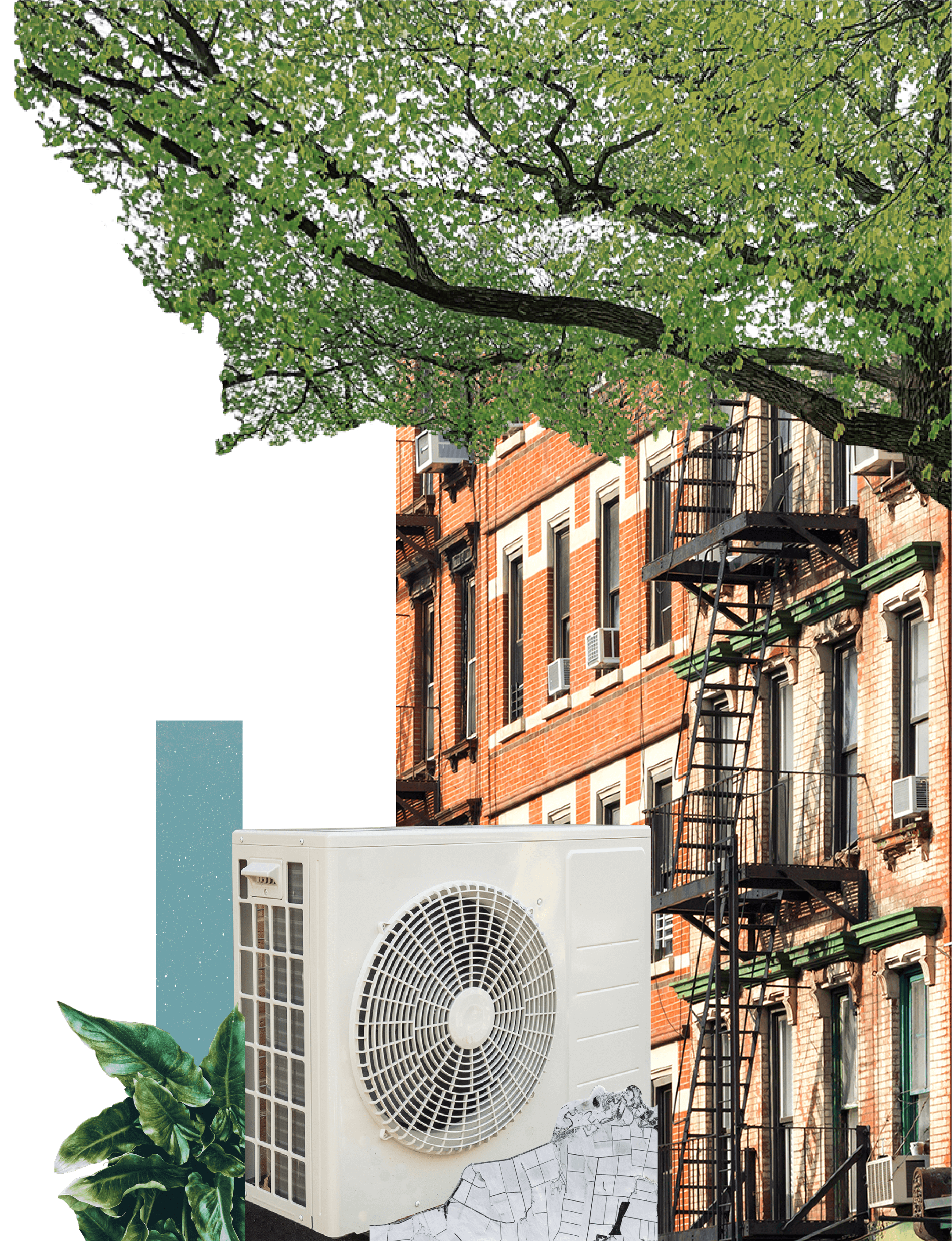
Cool Neighborhoods NYC
To address extreme heat, the New York City Mayor’s Office of Climate Resiliency worked with numerous partners—including community groups, the New York City Panel on Climate Change, Columbia University, the New York City Emergency Management Agency, the New York City Small Business Service, the Department of Parks and Recreation, and the New York City Department of Health to initiate a number of heat adaptation programs and tools as part of Cool Neighborhoods NYC.
The program is New York City’s first heat adaptation plan. Launched in 2017, it is a comprehensive resilience strategy that is informed by health and climate data. The program focuses investments and programming in the most vulnerable and underserved communities in New York City.
Examples of initiatives within the project include
- creating a Heat Vulnerability Index;
- reforming the Low Income Home Energy Assistance Program (LIHEAP)
- increasing the tree canopy;
- investing in cooling centers;
- developing the NYC CoolRoofs Program; and
- creating Be A Buddy, a community collaboration.
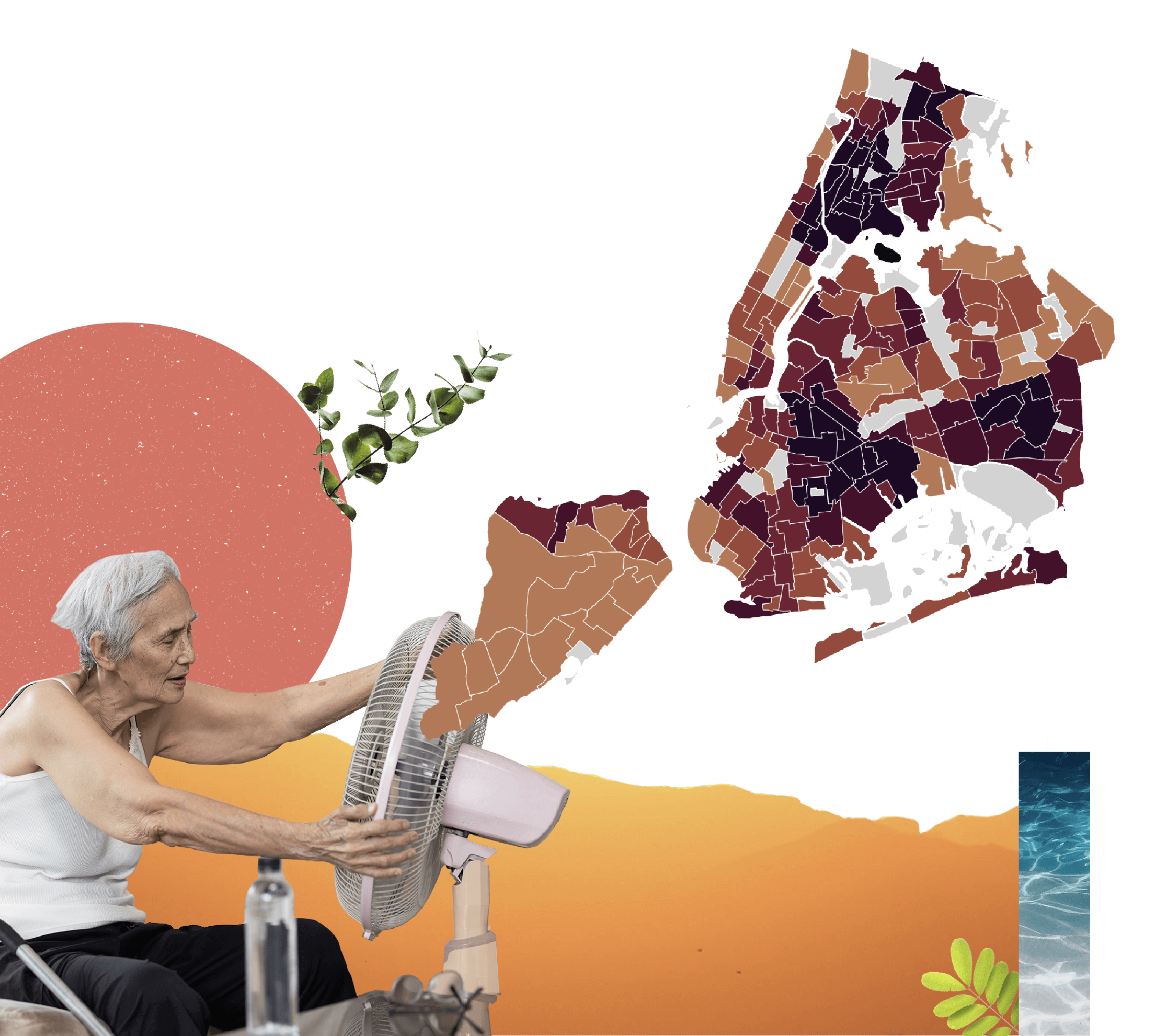
Heat Vulnerability Index
The New York City Mayor's Office of Climate Resiliency and the New York City Department of Health partnered to develop Cool Neighborhoods. The Heat Vulnerability Index was developed by the New York City Department of Health and Columbia University.
The index is a tool to understand what neighborhoods face the greatest risk from extreme heat, as well as where to invest in green infrastructure and programming that supports social cohesion—such as the Be A Buddy program—and where to target outreach for cooling services such as cooling centers or the Home Energy Assistance Program.
Using data, generated by the index, the Mayor's Office of Climate Resiliency advocated for funding from the City for a range of cooling solutions for communities under the umbrella of the Cool Neighborhoods NYC project.


Be A Buddy
At the heart of Cool Neighborhoods NYC are community partnerships, including the Be A Buddy program being implemented throughout various neighborhoods in upper Manhattan, the Bronx, and Brooklyn.1
Be A Buddy is designed to prepare the community for future climate events through climate health education and community preparedness.
The Hunts Point Section in the South Bronx, for instance, is an environmental justice community that works to solve local problems that have traditionally led to poor health outcomes, such as high levels of diabetes, heart disease, and obesity.
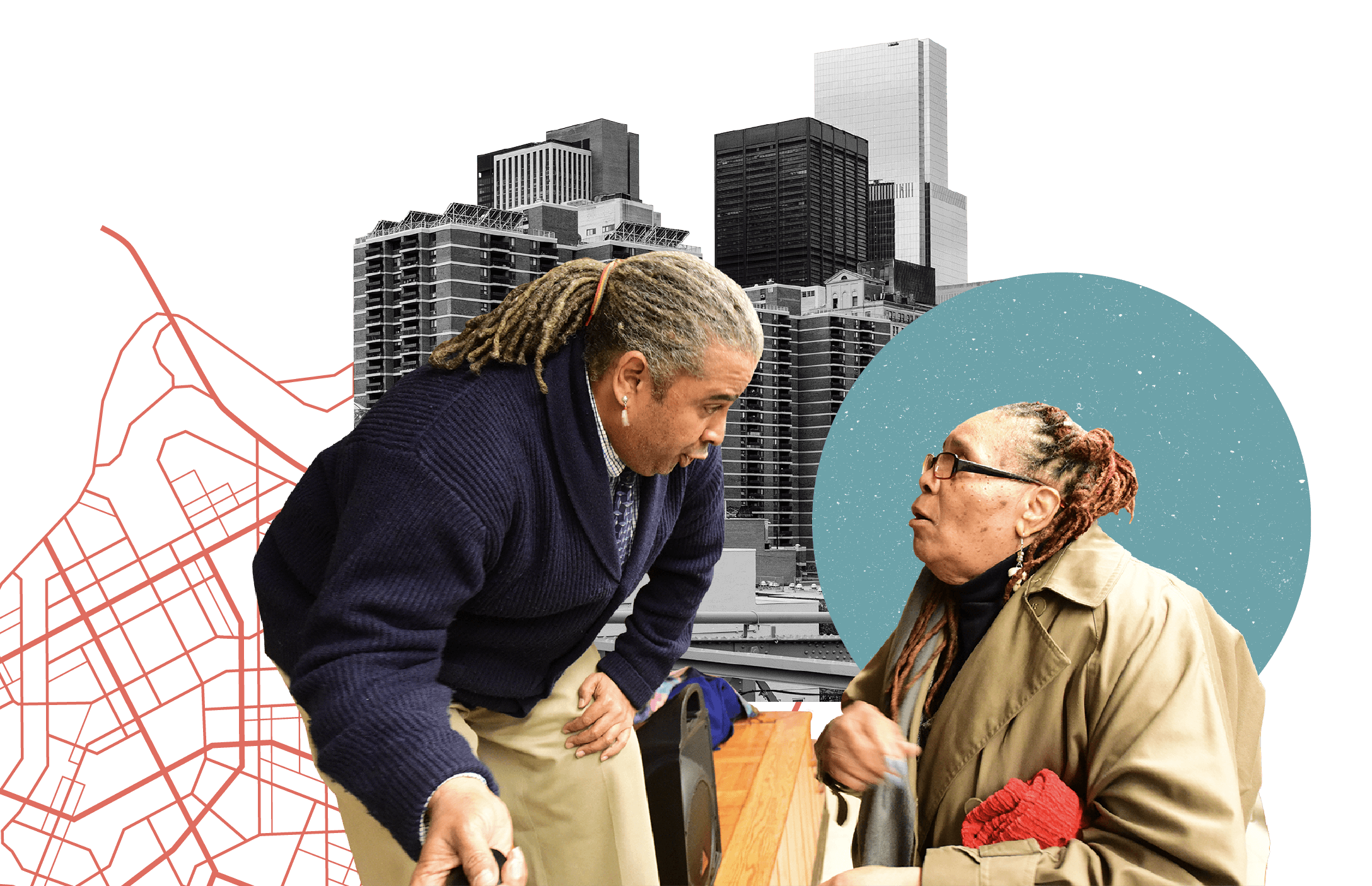
The Be A Buddy program is run out of a community center, The Point Community Development Corporation (“THE POINT CDC”), located in the Hunts Point Section. This community-outreach organization is dedicated to youth development and the cultural and economic revitalization of the neighborhood. The program trains people of all ages in the neighborhood to support vulnerable residents.
The support includes an Emergency Preparedness Program funded by the New York City Department of Health as part of a pilot project. The target demographic of the program is vulnerable seniors who are at risk of extreme-heat-related illnesses, such as asthma and cardiac arrest.
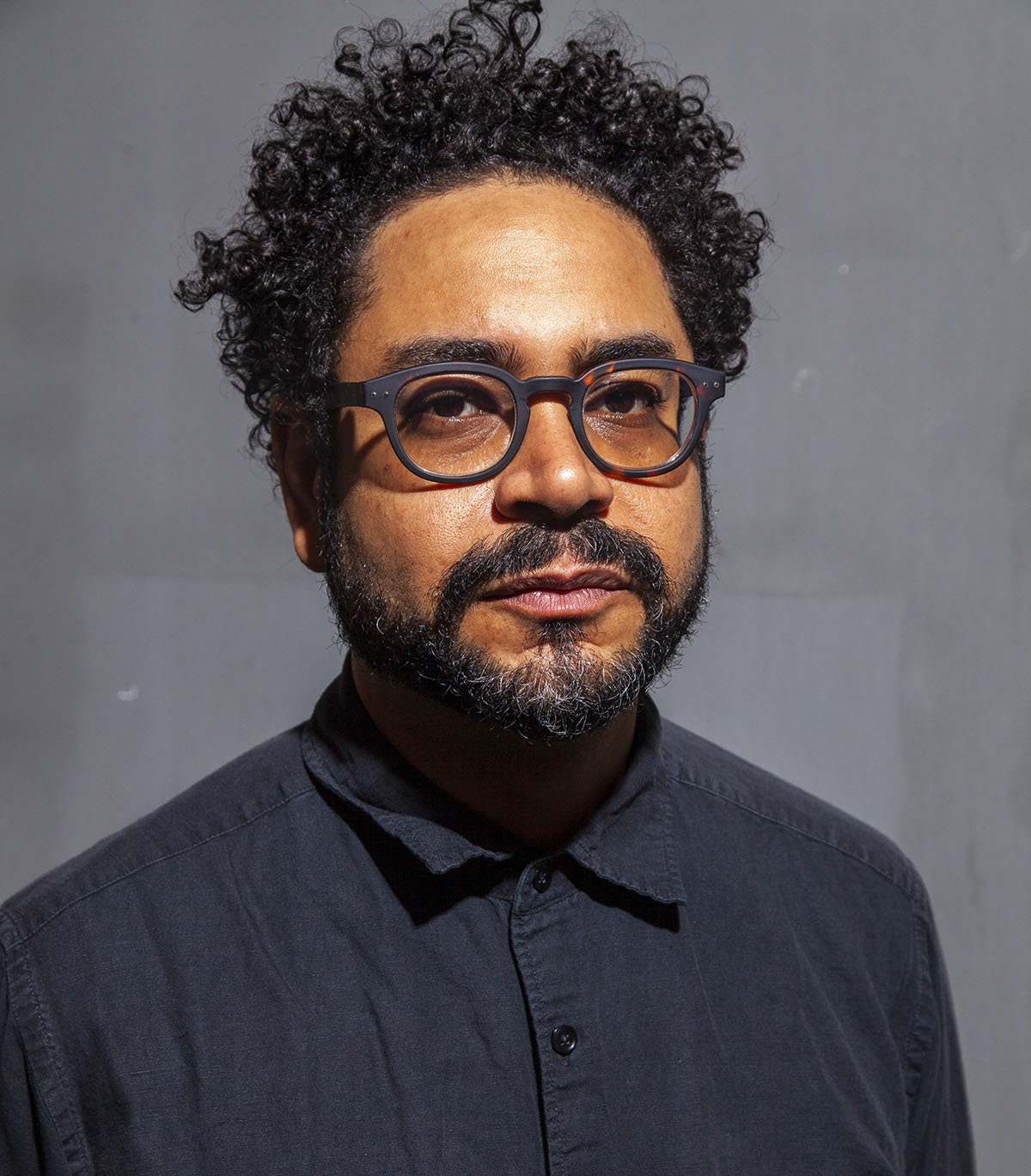
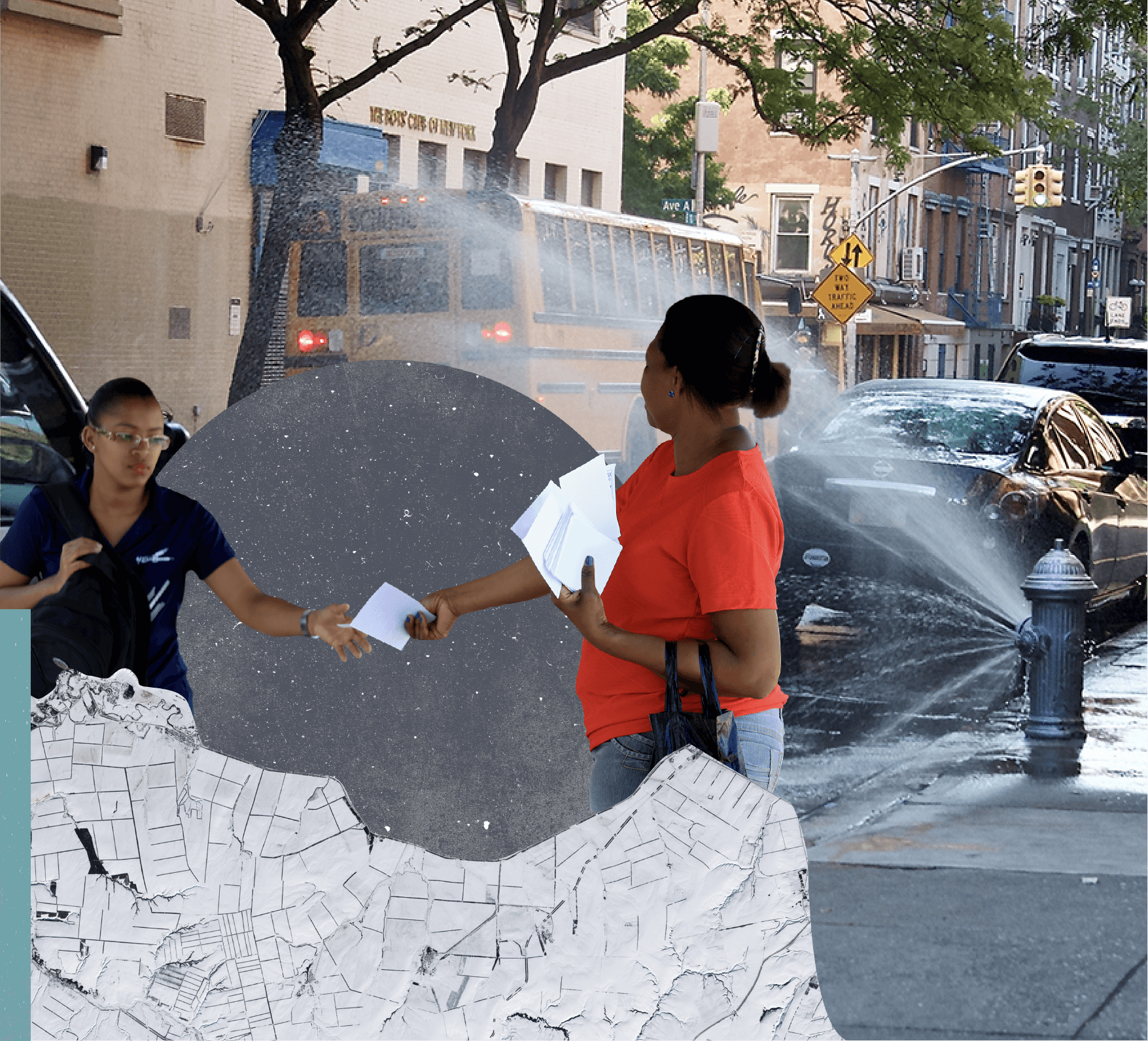
Buddies are trained on the impact of extreme heat. They also run cooling stations in the neighborhood that operate not only as places of rest and sanctuary, but as outreach opportunities to direct residents to other services they may need to access. The cooling stations have also become hubs for public art and performance.
Be A Buddy systems have reached thousands of New York residents ahead of heatwave events, helping to prepare them for a potential emergency.
As a result, the intervention has helped increase social cohesion, while also tackling extreme heat.
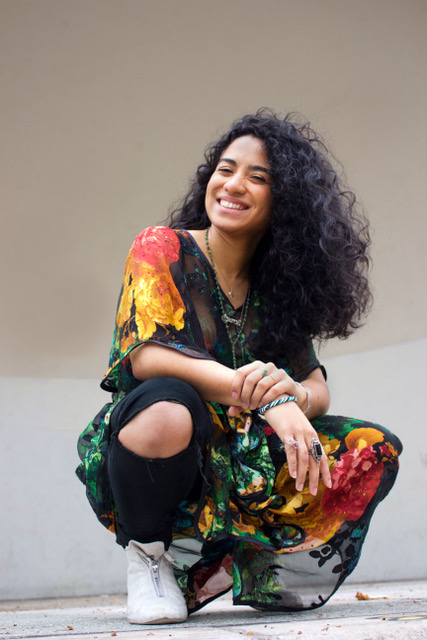
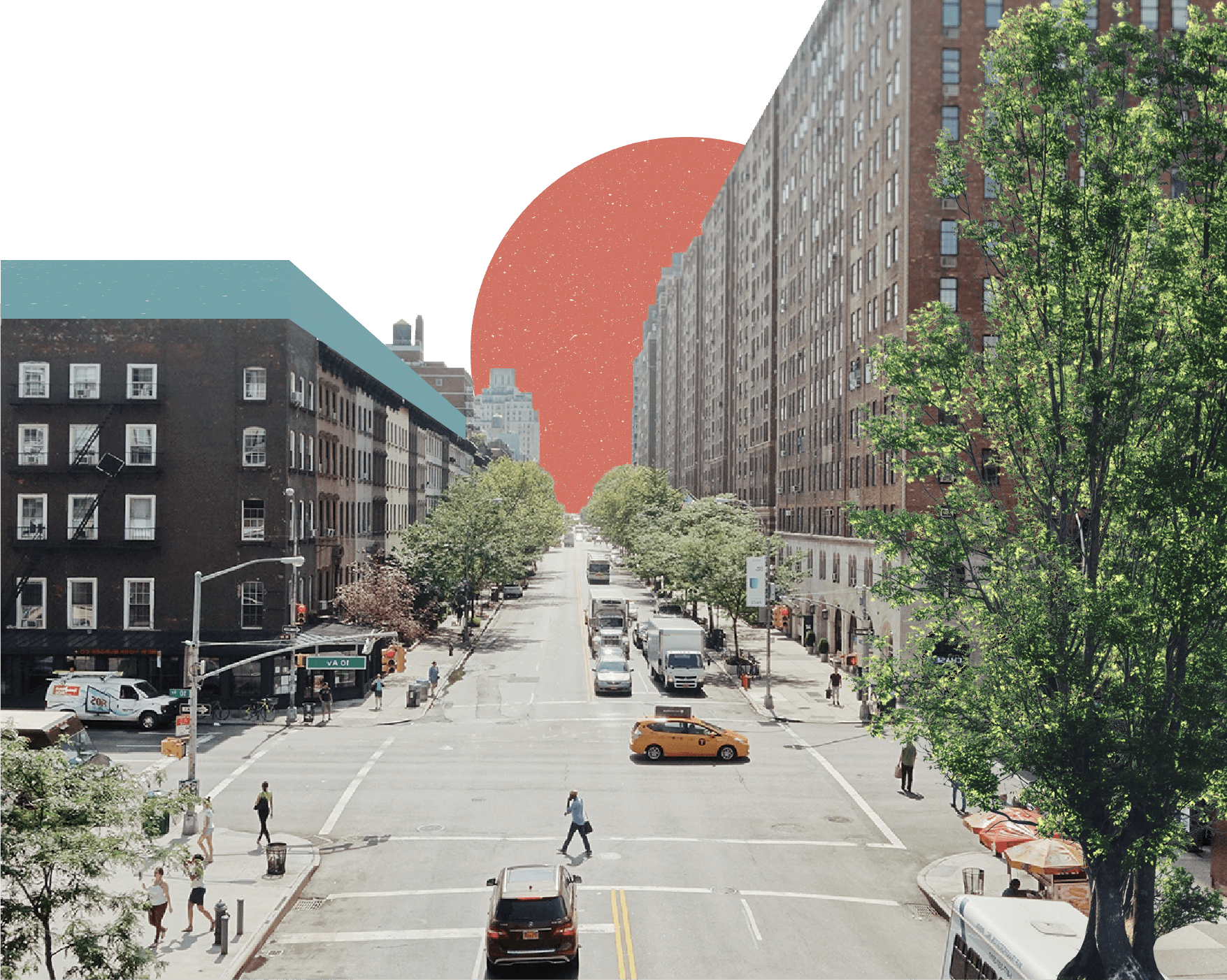
Tree Cover
The heat vulnerability index helps identify neighborhoods in New York where residents are most at risk of heat mortality– neighborhoods that tend to be low-income and predominantly Black communities. The city allocated $100 million to planting street trees and increasing tree cover in public parks to create more shade that can, in turn, tackle extreme heat. Since 2017, the program has planted six thousand trees. While it will take several years to see the impact of increasing tree canopy to adapt to extreme heat impacts, the city recognized that investing in tree planting now will reap benefits over time.
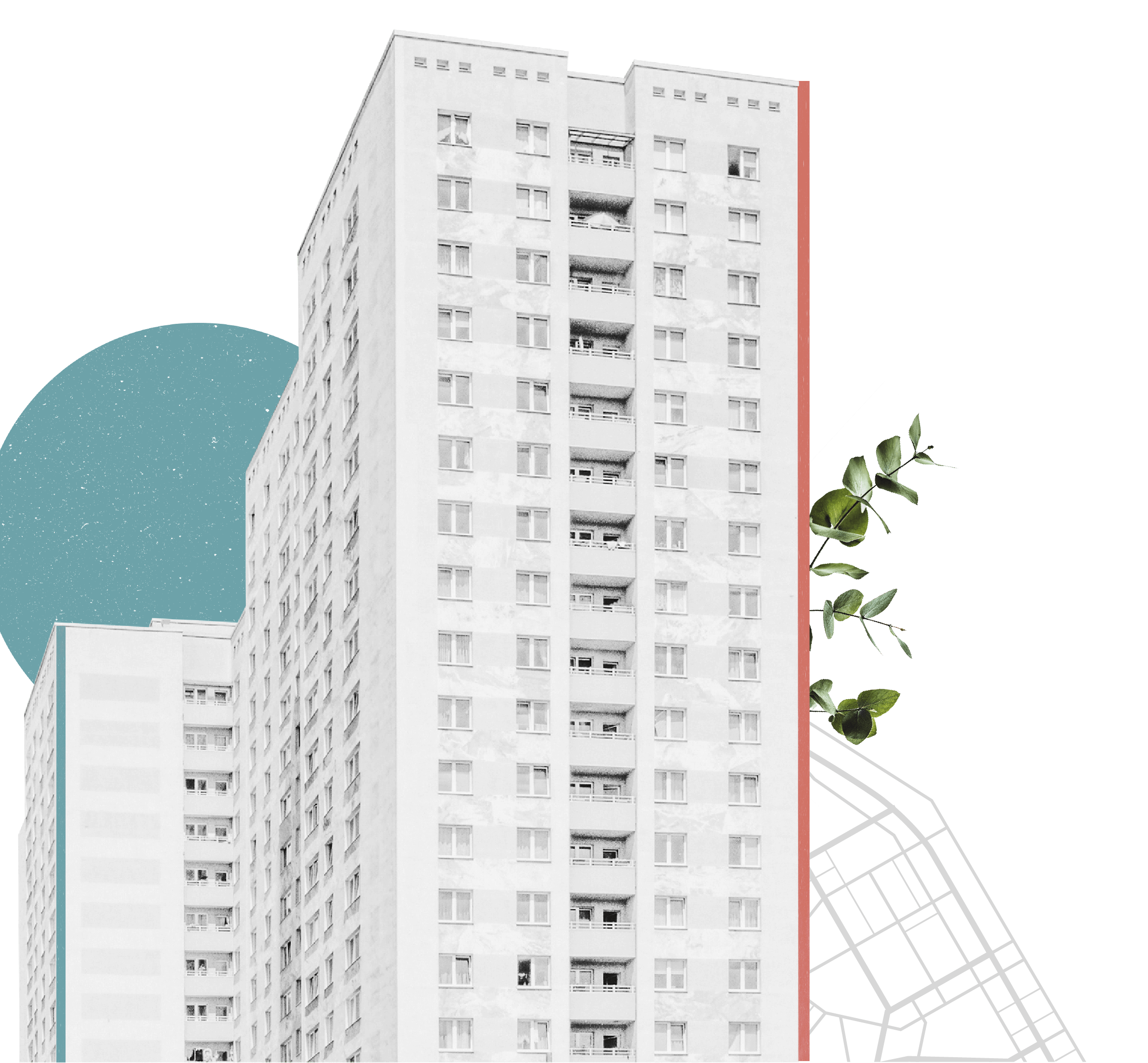
NYC CoolRoofs Program
Using the index to identify heat-vulnerable neighborhoods, NYC CoolRoofs offers a service to affordable housing, public housing, and community centers to coat those spaces with white paint. This creates a thermal barrier and lowers a building’s temperature.
Because the Heat Vulnerability Index is used to identify spaces for the intervention, the city proactively reaches out to building owners and residents to see if they are interested in the program. As the program is focused on social housing and community properties, tenants do not need to apply for the intervention—the city comes to them.
Critical social infrastructure is prioritized, and the city funds the intervention. Working with the New York City Small Business Service, the NYC CoolRoofs Program also trains unemployed and under-employed people through the Housing Opportunities and Prevention of Evictions (HOPE) Program on how to deliver the intervention, providing new green-industry job opportunities. The program recruits 50–70 people annually.
Cooling Centers
Every year, New York operates several hundred cooling centers, where residents struggling with extreme heat can find relief in a cool space. This might be in a community center with air conditioning, or simply a shaded area with running water, such as a fountain.
The mayor’s office has worked to improve signage to the cooling centers, in partnership with New York City Emergency Management, to inform community members about places where they can cool down during heat waves. The city is also working with Emergency Management to deliver training on heat preparedness.
Get Cool NYC
The coronavirus crisis meant more vulnerable people were trapped indoors, often in housing not designed for extreme heat. In response, the city ran an air-conditioning program, providing air conditioners to seventy-four thousand low-income seniors in 2020. The mayor’s office worked with local community groups to identify those individuals most in need.


Key to Cool Neighborhoods NYC’s success has been working with both physical and social infrastructure in the city to identify individuals in need, and tapping into and supporting existing initiatives that are trusted and recognized by local communities.

